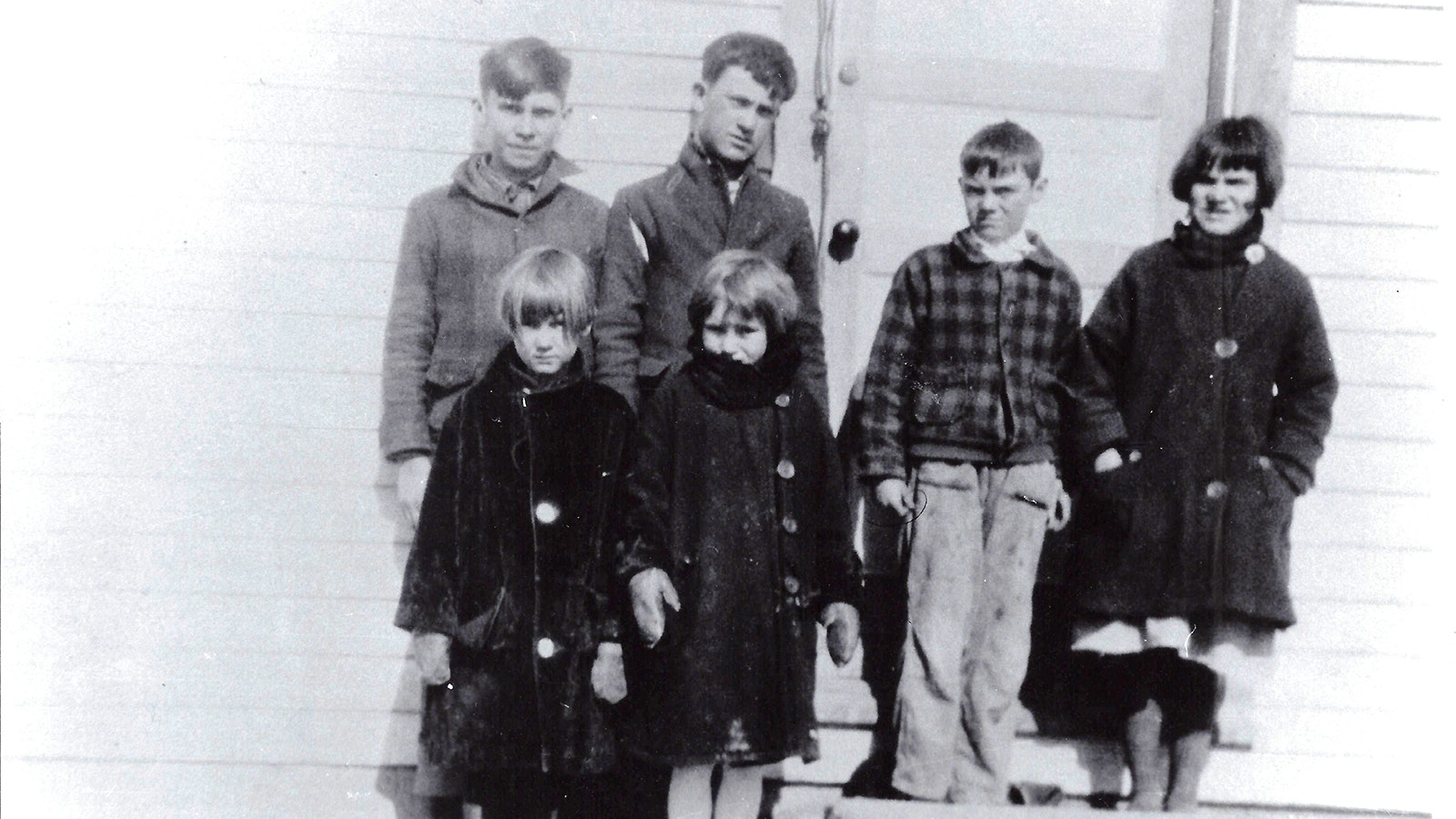Don’t loiter downtown in ice cream stores. Don’t dress in bright colors. Don’t leave home between the hours of 8 p.m. and 6 a.m. unless attending a school function. No makeup.
These were just a few of the stipulations of the contract Elise Mayor of Four Mile signed in 1926 to be able to teach at a rural Wyoming school, according to a contract on display in the Hoofprints of the Past Museum in Kaycee.
There were 14 rules in total listed in the contract, including no makeup, hair dye, cigarettes or alcohol. Dresses could not be more than 2 inches above the ankles and two petticoats were required as well.
She also was not allowed to be in the company of men or ride in a carriage or automobile of a man except her brother or father, and she could not be married.
Breaking most of the above would cause the contract to become null and void immediately.
“School was very local and focused on moral instruction, which is why they did not want the teacher out running around with men at night,” said Hoofprints of the Past Museum Director Laurel Foster. “I would also note that most non-teaching women generally followed these same rules, so at the time these were not high expectations.”
It Was Hard Work
Elise Mayor was born May 23, 1905, in Richwoods, Missouri, and had her early education there. She moved to Wyoming with her family in 1922, where they homesteaded in southern Johnson County in the Four Mile area.
Mayor graduated from Johnson County High School while boarding in Buffalo for two years. She then took a Normal Training course during her fourth year of high school and practiced teaching at various schools in the county.
Her first teaching job was in 1926 at the Big Four school, as it was called, northeast of Kaycee. It was a rural country school, which she attended as a child, so she taught her younger siblings.
Being a teacher today is no easy job and doing so back then came with its own set of challenges.
Teachers were required to sweep their classroom at least once daily, scrub the floor with hot soap and water once weekly and start a fire by 7 a.m. each morning so the room would be warm by the time students arrived an hour later. She also had to haul water each day.
“Country teachers were also the janitors,” Foster said. “They got up early to start the fire in the stove. One day she arrived at school and the pipe that ran out the side of the building had broken and soot was everywhere. She was wearing a white shirt, which was no longer white from cleaning it all up.”

Those Wyoming Winters
Just getting to school could also be difficult. Sometimes teachers walked miles just to get to the building, as did the children.
“One time it was snowing so badly she could not see and she just had to return home, never making it to the school that day,” Foster said.
Mayor spent her day teaching students of multiple ages in a one-room classroom using blackboards, books and paper. There was rote learning and memorization, Foster said.
The students also were taught to read with phonics, learned basic math, to write in cursive and American history. Basic concepts of science were added later.
“From what I have seen of the older people who attended these schools, their academic skills are impressive,” Foster said. “Looking at the books they read as children is fun and it is interesting to compare them with current textbooks.”
Of course, they had fun too, Foster added. They had recess, put on plays and celebrated holidays. Students brought lunches from home, which sometimes had to be thawed near the stove because they froze on the way to school.
“I don't think it was easy for the kids or the teachers, although nothing was in those days, but those who attended these schools have fond memories and stories to tell,” she said.
In 1928, she married Ross McKenna in Buffalo, ending her career for a time. But she returned to teaching in 1945 after raising her family and taught in the Kaycee School system until her retirement in 1971. Elise received her Bachelor of Science degree in Education in 1959 from the Black Hills Teachers College in Spearfish, South Dakota.
She died in 2004 at the age of 98 and has a scholarship named in her honor given each year to a student in Kaycee.
More on the life of teachers in the early 20th century and the heritage of the Kaycee area can be found at the Hoofprints of the Past Museum.





